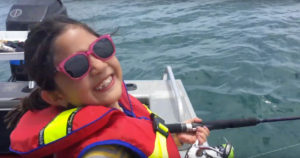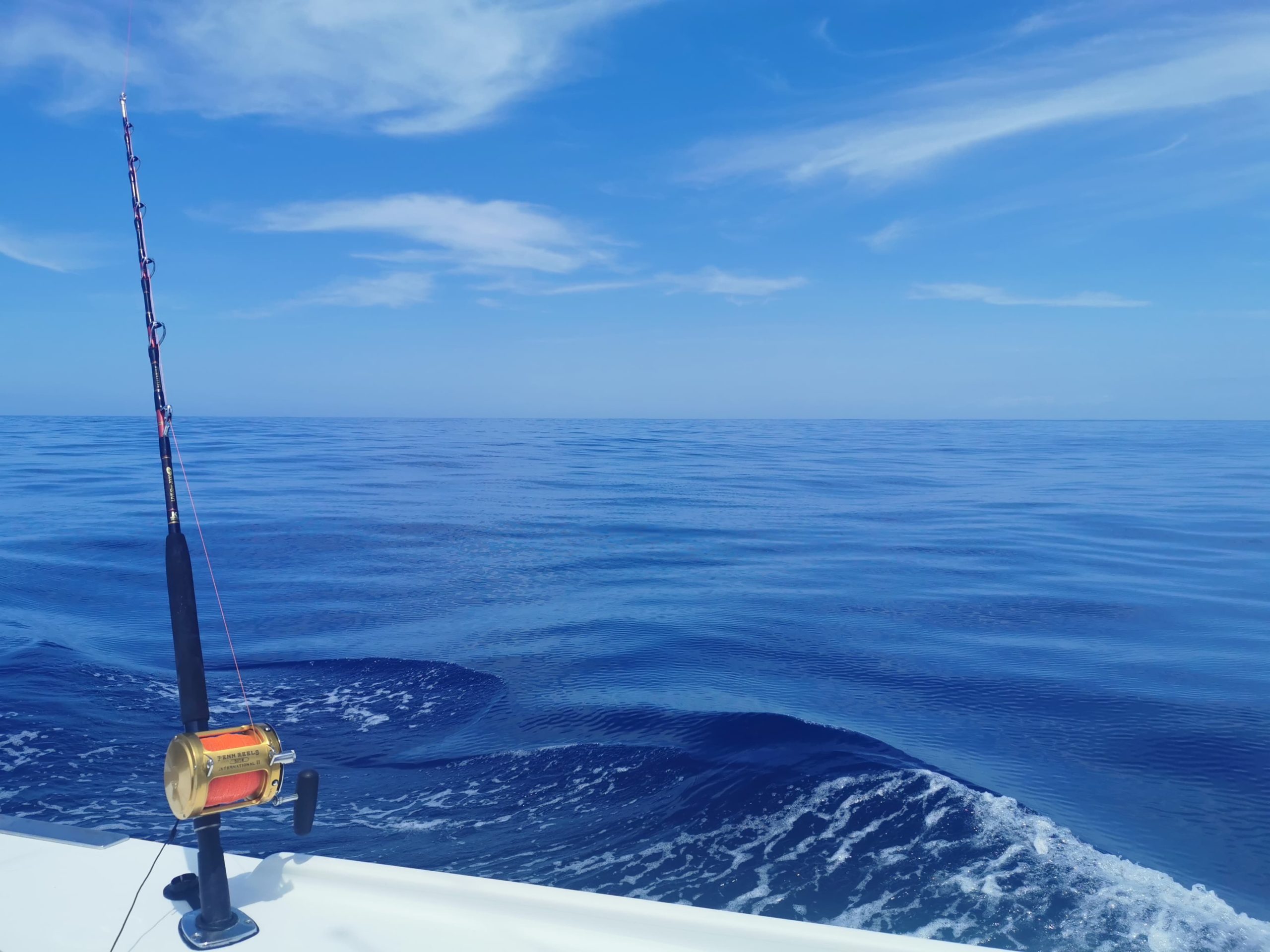Recreational Fishing FAQs
All FAQs |
Customary Fisheries | Fisheries Management | maximum sustainable yield | QMS | Economics | Fishing | Rescue Fish | Environment | Fishing methods | Recreational Fishing | Fishcare | customary | Kahawai | Reform scam | Baitfish | Scallops | Crayfish | WRC decision | Marlin | Reef fish
July 18, 2025
Recreational fishers typically catch less than 5% of the total amount of fish caught annually from commercial fishers in New Zealand. This figure can slightly differ year by year. For example in 2023, recreational fishers took home less than 2% of the total fish caught by commercial fishers. Sources: 2022-23 National Panel Survey 2017-18 National ... Read more.
July 18, 2025
According the the 2022-23 National Panel Survey, the most popular take-home species that Kiwis catch within our coastal fisheries are snapper, kahawai, blue cod and red gurnard. 2022-23 National Panel Survey
May 29, 2025
Commercial/Total Allowable Commercial Catch limit (TACC) – 2,728,000 kilograms. (2728 tonnes). Recreational allowance – 2,293,000 kilograms. (2293 tonnes). Māori customary allowance – 617,000 kilograms. (617 tonnes). *Note – Recreational and customary fishing are not part of the Quota Management System. As per the 1996 Fisheries Act, the Minister sets aside allowances to provide for our ... Read more.
May 29, 2025
Below is the breakdown of kahawai catch in 2024; Commercial landings – 2,158,000 kilograms, for sale. Recreational landings – 370,600 kilograms, to feed our families. Māori customary – unknown, however, it is common for kahawai to be caught for customary purposes under the amateur fishing regulations, as part of a person’s recreational daily bag limit. ... Read more.
 April 18, 2024
The 2022-23 National Panel Survey to estimate recreational catch found that New Zealanders land around 5,500 tonnes of fish per annum. This survey was conducted nationwide by Fisheries New Zealand between 1 October 2022 and 30 September 2023. The previous Survey was conducted in 2017-18. Excluding aquaculture, the Fisheries New Zealand research reveals that annual ... Read more.
August 23, 2018
Yes. The Ministry for Primary Industries advises a restaurant can accept fish caught by a recreational fisher, then cook and serve that fish to the successful angler, with conditions. The restaurant can charge for cooking that fish. If the process takes time ie. smoking the fish, the angler must leave his details with the restaurant, ... Read more.
August 23, 2018
The simple answer to reducing waste when recreational fishing is to kill fewer small fish or, best of all, avoid catching them in the first place. Killing small fish keeps the stock size low. Recreational anglers need to reduce waste by killing fewer small fish and avoiding gut hooking – this is a priority as ... Read more.
August 23, 2018
There are several reports that estimate the amount of fish killed in the process of fishing. Mortality rates depend on the method used. Bulk harvesting methods such as trawling and Danish seines have the biggest impact. The mortality rate of undersized snapper caught and discarded by trawlers is over 90%. This could equate to as ... Read more.
August 23, 2018
In 1999 the South Australian Centre for Economic Studies (SACES) undertook a large scale survey of mainly boat fishers to apply the contingent valuation method to estimate consumer surplus from marine recreational fishing in New Zealand. A brief summary of the survey results are here. The SACES study used responses from over 3500 interviews undertaken ... Read more.
August 23, 2018
New Zealand is a special place for seabirds and fishing is a serious threat to the survival of several species. Seabirds can also be annoying if they get tangled in fishing lines, nets or caught on hooks. Small changes to our fishing can make a big difference to seabird survival. All fishers can learn new ... Read more.
April 18, 2024
The 2022-23 National Panel Survey to estimate recreational catch found that New Zealanders land around 5,500 tonnes of fish per annum. This survey was conducted nationwide by Fisheries New Zealand between 1 October 2022 and 30 September 2023. The previous Survey was conducted in 2017-18. Excluding aquaculture, the Fisheries New Zealand research reveals that annual ... Read more.
August 23, 2018
Yes. The Ministry for Primary Industries advises a restaurant can accept fish caught by a recreational fisher, then cook and serve that fish to the successful angler, with conditions. The restaurant can charge for cooking that fish. If the process takes time ie. smoking the fish, the angler must leave his details with the restaurant, ... Read more.
August 23, 2018
The simple answer to reducing waste when recreational fishing is to kill fewer small fish or, best of all, avoid catching them in the first place. Killing small fish keeps the stock size low. Recreational anglers need to reduce waste by killing fewer small fish and avoiding gut hooking – this is a priority as ... Read more.
August 23, 2018
There are several reports that estimate the amount of fish killed in the process of fishing. Mortality rates depend on the method used. Bulk harvesting methods such as trawling and Danish seines have the biggest impact. The mortality rate of undersized snapper caught and discarded by trawlers is over 90%. This could equate to as ... Read more.
August 23, 2018
In 1999 the South Australian Centre for Economic Studies (SACES) undertook a large scale survey of mainly boat fishers to apply the contingent valuation method to estimate consumer surplus from marine recreational fishing in New Zealand. A brief summary of the survey results are here. The SACES study used responses from over 3500 interviews undertaken ... Read more.
August 23, 2018
New Zealand is a special place for seabirds and fishing is a serious threat to the survival of several species. Seabirds can also be annoying if they get tangled in fishing lines, nets or caught on hooks. Small changes to our fishing can make a big difference to seabird survival. All fishers can learn new ... Read more.


